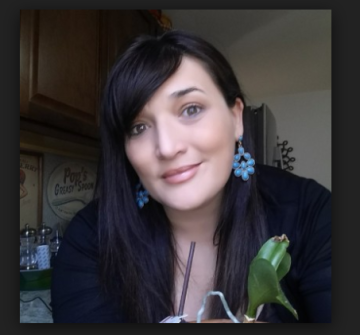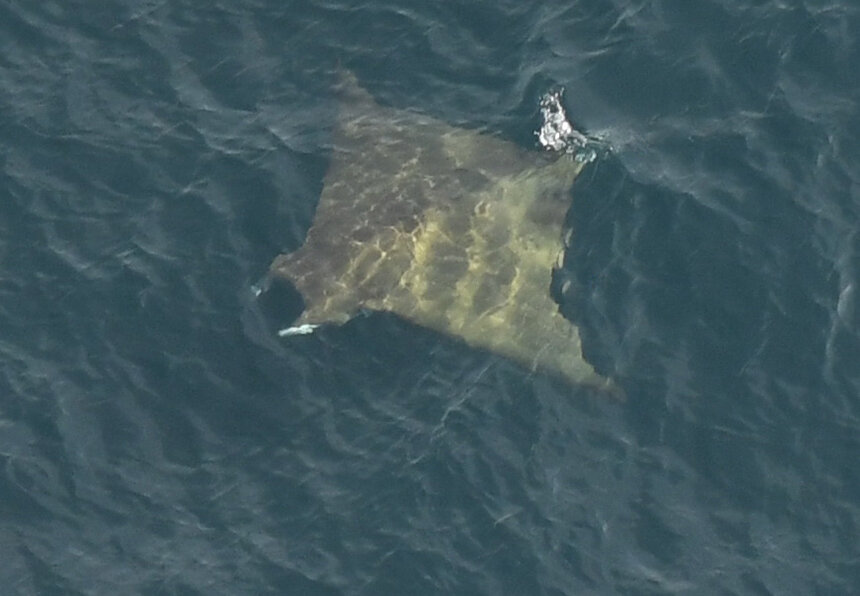Observers mystified by Trump 'moronic' and 'unhinged' diatribe against wind power
 In
a speech to the right-wing Turning Points USA conference in
Florida last week, Donald Trump launched into an incoherent
diatribe against wind power in which he said in the same breath that he
"never understood wind" and has studied windmills "better than
anybody," pointed out for no apparent reason that the earth is
"tiny" compared to the rest of the universe, and claimed there are "bird
graveyards" under wind turbines.
In
a speech to the right-wing Turning Points USA conference in
Florida last week, Donald Trump launched into an incoherent
diatribe against wind power in which he said in the same breath that he
"never understood wind" and has studied windmills "better than
anybody," pointed out for no apparent reason that the earth is
"tiny" compared to the rest of the universe, and claimed there are "bird
graveyards" under wind turbines.
"I
never understood wind. You know, I know windmills very much," Trump told
the audience of mostly high school and college students. "It's very
expensive. They're made in China and Germany mostly—very few made here, almost
none. But they're manufactured tremendous, if you're into this, tremendous
fumes, gases are spewing into the atmosphere."
"You
know we have a world, right?" Trump added. "So the world is
tiny compared to the universe. So tremendous, tremendous amount of fumes and
everything. You talk about the carbon footprint. Fumes are spewing into the
air, right? Spewing. Whether its in China, Germany, its going into the air. Our
air, their air, everything. Right?"



























